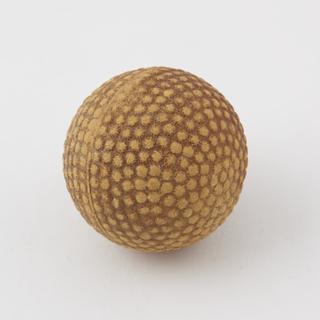
Charles Hancock was the son of James Hancock, a cabinetmaker, and Betty Hancock (nee Coleman). He was a member of the Hancock family of Marlborough, England. The Hancocks were a significant British family in the eighteenth and nineteenth centuries, known for their contributions to science, art, and industry.
Charles Hancock was an inventor and a painter known for his invention of ‘scentless watercolours’ in patent rubber bottles, and his paintings of animals, particularly horses. By the age of 19, Charles’ portrait of his father, James Hancock, had been displayed in the Royal Academy. He later became known as a talented painter of horses, and for a number of years was commissioned to paint Derby winners. He exhibited at the Royal Academy with 25 pictures.
He later worked with the Gutta Percha Company, and by 1850 had set up the competing West Ham Gutta Percha Company with his brother Walter. This company produced a wide variety of products made from the naturally-derived latex material gutta percha, ranging from household items such as candlesticks and bed pans to more industrial items such as valves and tubing.

